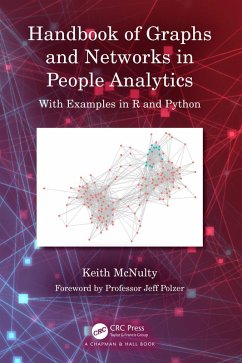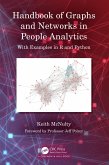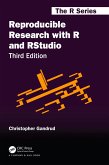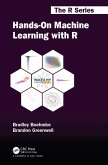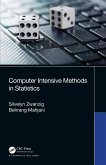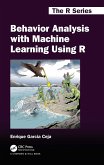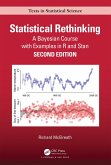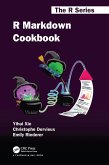The book explores critical elements of network analysis in detail, including the measurement of distance and centrality, the detection of communities and cliques, and the analysis of assortativity and similarity. An extension chapter offers an introduction to graph database technologies. Real data sets from various research contexts are used for both instruction and for end of chapter practice exercises and a final chapter contains data sets and exercises ideal for larger personal or group projects of varying difficulty level.
Key features:
- Immediately implementable code, with extensive and varied illustrations of graph variants and layouts
- Examples and exercises across a variety of real-life contexts including business, politics, education, social media and crime investigation
- Dedicated chapter on graph visualization methods
- Practical walkthroughs of common methodological uses: finding influential actors in groups, discovering hidden community structures, facilitating diverse interaction in organizations, detecting political alignment, determining what influences connection and attachment
- Various downloadable data sets for use both in class and individual learning projects
- Final chapter dedicated to individual or group project examples
Dieser Download kann aus rechtlichen Gründen nur mit Rechnungsadresse in A, B, BG, CY, CZ, D, DK, EW, E, FIN, F, GR, HR, H, IRL, I, LT, L, LR, M, NL, PL, P, R, S, SLO, SK ausgeliefert werden.

